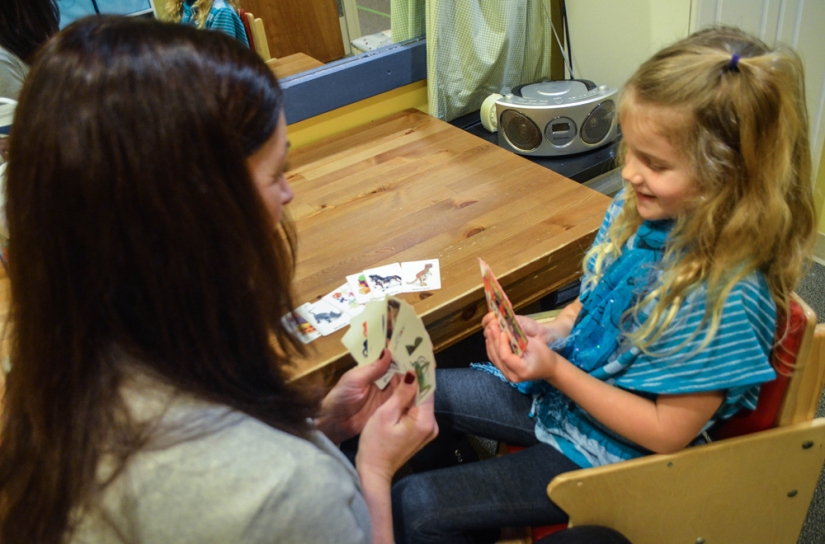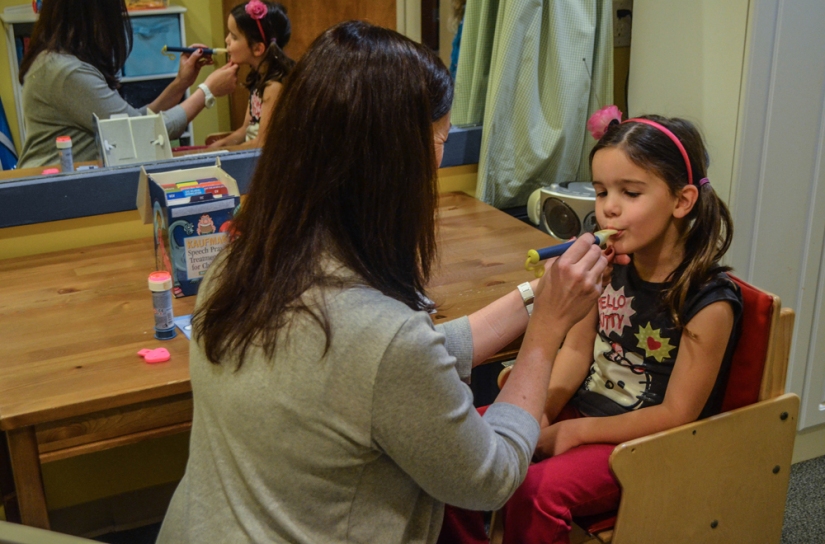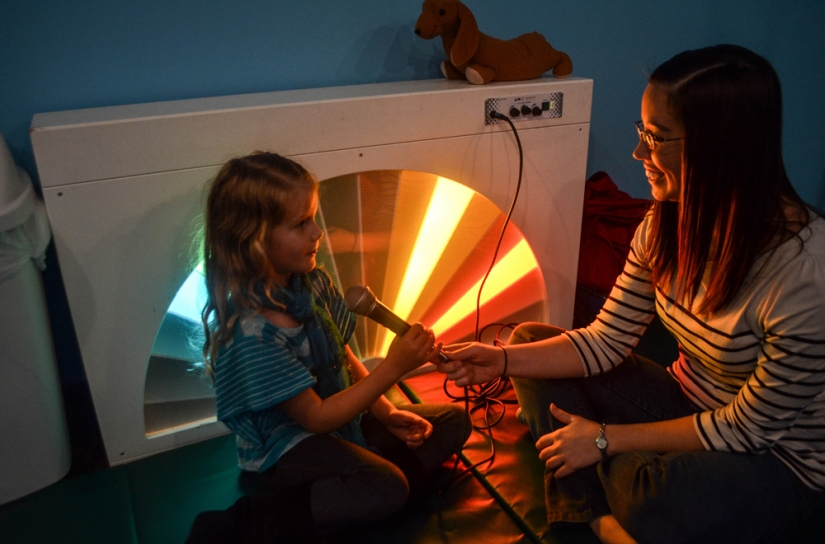What is it?
Myofunctional therapy is commonly used to treat pain and muscle length imbalances associated with crooked teeth, teeth misalignment, swallowing problems, mouth breathing, and thumb sucking. This is also referred to as orofacial myofunctional disorders (OMDs) which involve any disorders of the muscles and functions of the face and mouth.
Typically, this disorder develops since, people continually exhibit bad habits that affect the length, tension, and overall strength of the muscles of the face and mouth that inhibits them from performing the job that they are designed to perform. For instance, in order to swallow it involves the muscles of the throat, face, mouth and tongue to work in unison. “When a person swallows normally, the tip of the tongue presses firmly against the roof of the mouth or hard palate, located slightly behind the front teeth. The tongue acts in concert with all the other muscles involved in swallowing. The hard palate, meanwhile, absorbs the force created by the tongue. Because a person swallows 500-1000 times a day, improper swallowing can cause a variety of problems. When a person swallows incorrectly, the tip and/or sides of the tongue press against or spread between the teeth. This is commonly called a tongue thrust. Constant pressure from resting or incorrectly thrusting the tongue away from the hard palate may push teeth out of place. An OMD may lead to an abnormal bite – the improper alignment between the upper and lower teeth known as malocclusion. This problem may lead to difficulties in biting, chewing, swallowing, and digesting of food.” [1]. So in this example, if your tongue is habitually not on the roof of your palate then, it can lead to uncoordinated swallowing, front teeth misalignment, speech problems (lisps & difficulty articulating sounds), sleep disordered breathing and decreased jaw strength.
How can physical therapy help?
Treatment will use evidence based practice techniques in an individualized program to correct speech production by activating the muscles of the face and mouth to
- Increase and/or refine speech sound repertoire
- Increase expressive vocabulary skills
- Increase ability to combine words
- Increase ability to express wants, needs, and thoughts [2]
- Familiarize children with the feeling of making pressure consonants
- Teach children to use nasal occlusion independently (if necessary) [3]
- Set up individualized home program with families to continue use of therapy in home environments
-
• Elimination of damaging oral habits (digit sucking, nail biting)
• Reduction of unnecessary tension and pressure in the muscles of the face and mouth.
• Strengthening of muscles that do not adequately support normal functioning.
• Development of normal resting postures of the tongue, jaw, and facial muscles.
• Establishment of normal biting, chewing, and swallowing patterns. - Swallowing therapy involves: [3]
Education regarding appropriate chewing patterns
Practicing forming food into bolus.
Increasing self-awareness of the masseter (chewing) muscles
Maintaining correct placement of tongue when swallowing
Sequential positioning of the tip, mid-portion, and back of the tongue.



References
- WHAT IS MYOFUNCTIONAL THERAPY?. (2015). Retrieved from https://aomtinfo.org/myofunctional-therapy
- Intensive Treatment Sessions – Kids Creek Therapy. (2016). Retrieved from https://www.kidscreektherapy.com/pediatric-therapy-services/intensive-treatment-sessions/
- Myofunctional Therapy – Tongue thrust. (2018). Retrieved from https://tonguethrust.weebly.com/myofunctional-therapy.html

